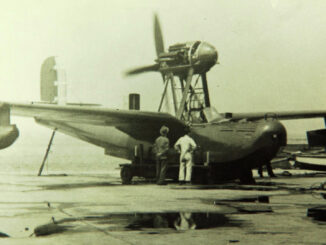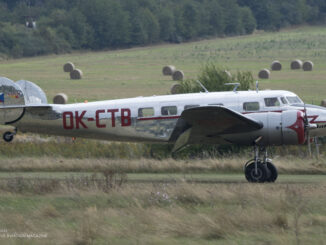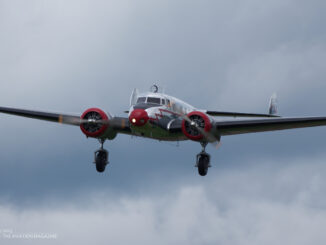 On 17th March 1937, Amelia Earhart and her team flew the first leg of the planned round-the-world flight with Lockheed Electra 10E. The first stage of that flight began in Oakland, California and ended in Honolulu, Hawaii.
On 17th March 1937, Amelia Earhart and her team flew the first leg of the planned round-the-world flight with Lockheed Electra 10E. The first stage of that flight began in Oakland, California and ended in Honolulu, Hawaii.
Amelia Earhart began planning her round-the-world flight in the early 1936. Although, in the previous years, there already were several successful circumnavigate flights performed by other aviators, Earhart´s flight had to be very special. For the first time, the route of such flight followed the equator as much as only possible, therefore resulting with the longest distance of 47,000 kilometres (29,000 miles).
In July of 1936, the Lockheed company manufactured the Electra 10E aircraft, specially tailored to Earhart´s needs. The aeroplane was equipped with several additional fuel tanks, had most of the passenger cabin windows blanked out, as well as received a modernized radio suite.
For her flight, Amelia Earhart chose a team including Capt. Harry Manning and Fred Noonan as navigators, and Paul Mantz, race and movie stunt pilot, as her technical advisor.
On 17th March 1937, the Electra took-off from Oakland, California and headed west. During the flight, lubrication issues that could lead to propeller seizure forced the Earhart crew to land at Honolulu, Hawaii. Then, it turned out that the aircraft needed a skilled maintenance and the Electra was transferred to US Navy base at Luke Field.
Three days later, Amelia Earhart and her crew had to take-off from the Luke Field. Their destination was set to Howland Island, located just north of the equator in the central Pacific Ocean. However, they never reached it – what´s more, the Electra did not even leave the Luke Field runway.
During the take-off, the aircraft suffered an uncontrolled ground-loop followed by damage of the front landing gear. As a result, both propellers hit the runway and finally the Electra skidded on its belly. The reason of that ground-loop was never fully explained – some witnesses and Earhart herself, claimed it was caused by a blown tyre, however Mantz considered is was a result of the pilot´s mistake.
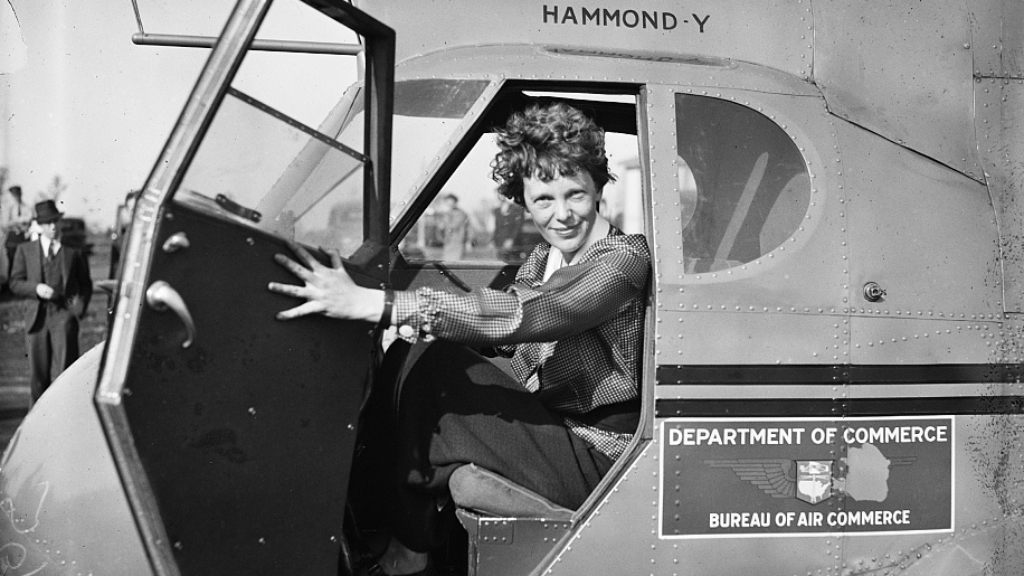
The Electra had to be sent to Lockheed factory in Burbank, California, for repairs. And the flight was postponed by more than a year.
The second Earhart´s attempt to circumnavigate the world began on 20th May 1937. This time, the famous aviatrix was accompanied by only one crew member, Fred Noonan, but it was not the only change. As opposed to the previous flight, they decided to fly west to east, with the first leg ending in Miami, Florida. They also decided to not publicize the second attempt.
Nevertheless, it seeed that the second flight would be successful as it continued without any significant issues. The Electra left Miami and flew the west to east route via Puerto Rico, Venezuela, Brazil, Senegal, British India, Burma, Dutch East Indies, Australia to Lae, New Guinea. On 2nd July 1937, at 10:00 hours in the morning, Earhart and Noonan took-off for their second-to-last leg, from Lae to the aforementioned Howland Island.
Regrettably, they never reached that destination again. Around 17:00 hours in the afternoon, Earhart reported her last known position, about 1,300 kilometres from Lae, close to the Nukumanu Islands. The aircraft should appear at Howland Island around 19:00 hours but it was lost without a trace. Search efforts began almost immediately but were unsuccessful.
The final fate of Earhart and Noonan still remains a mystery. Although a simple crash and sink theory seems to be the most probable one, a dozen of different speculations exists. Some of them claim the Electra crew was captured by the Japanese, other involve the US Army intelligence. There was even a suspicion that the Electra crew diverted their flight to Japan or Australia and start new life there. Nevertheless, one of the craziest theories claims that Earhart completed the flight, moved to New Jersey and took new identity there, as Irene Craigmile Bolam.
Nevertheless, Amelia Earhart and her achievements are written down in history of aviation. She was the first woman to fly solo across the Atlantic Ocean, set several aviation records of speed and distance, promoted commercial air travel, as well as wrote several books about her flying experiences.
Earhart´s life and aviation career is still an inspiration for many female aviators all over the world.
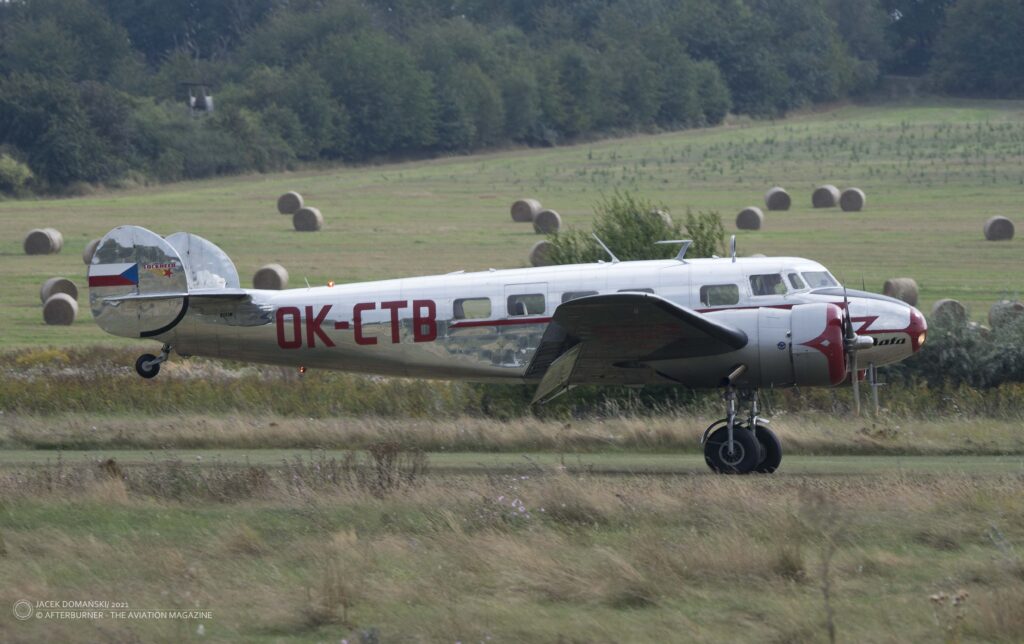
Cover photo: Amelia Earhart´s aircraft after the crash at Luke Field (source: Wikipedia, CC BY-SA 4.0, by JRdxbcmc, original caption: “US Army Air Corps soldiers in Hawaii standing by Amelia Earhart’s plane after her ground loop crash fire suppression at the ready. Photo by John M Peck US Army.”

